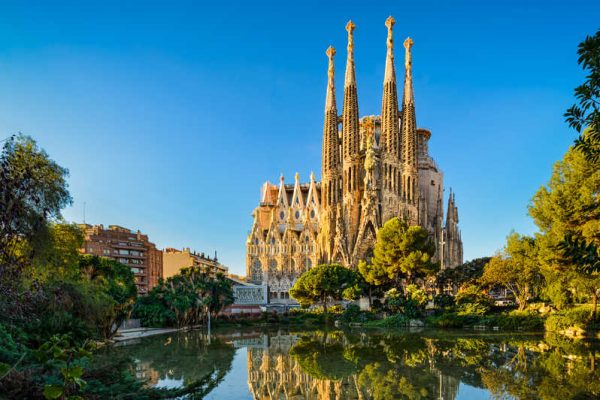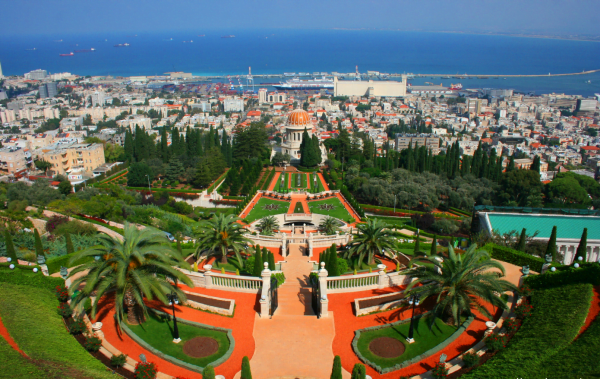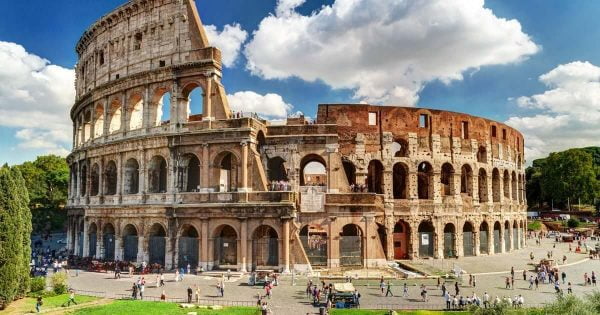ABOUT KIDNEY STONES TREATMENT
Kidney stones are deposits of salts and minerals, such as calcium, which form inside the kidney. They are quite common, often more in men than women, and there are many factors that can increase the risk of developing kidney stones.
Kidney stones can cause severe pain in the kidney, and the stones can also travel down the urethra causing pain and blocking the flow of urine.
Small kidney stones usually pass through the urine by themselves and don’t usually require treatment. However, the doctor may prescribe some medication to relieve pain. Patients are usually advised to drink plenty of water to help pass the kidney stone.
For larger kidney stones, there a number of methods of treatment which include extracorporeal shock wave lithotripsy (ESWL) which involves breaking down the kidney stone with sound waves, ureteroscope to remove small stones from the urethra, percutaneous nephrolithotomy (PCNL) which involves using a nephroscope to remove the stone or break it down with a laser, and open surgery which is rarely used.
Recommended for
- Large kidney stones
TIME REQUIREMENTS
- Number of days in hospital: 1.
Overnight stay not required.
- Average length of stay abroad: 5 – 7 days.
The time needed will depend on the type of treatment.
- Number of trips abroad needed: 1.

COMPARE KIDNEY STONES TREATMENT PRICES AROUND THE WORLD
| Country | Cost |
|---|---|
| Turkey | 4979€ |
| Mexico | 3140€ |
| India | 3140€ |
| Poland | 2133€ |
| Tunisia | 1974€ |
| Thailand | 1781€ |
| Morocco | 1151€ |
HOW TO FIND QUALITY TREATMENT ABROAD

BEFORE KIDNEY STONES TREATMENT ABROAD
Most doctors will only move on to invasive methods once other non-surgical treatments have not worked. The most straight forward treatment is the consumption of large quantities of water in an attempt to flush out the kidney stones. This can be combined with painkillers and alpha blockers to relax the urethra.
HOW IS IT PERFORMED
For large or persistent kidney stones, the doctor may suggest a range of different treatment options.
Extracorporeal shock wave lithotripsy (ESWL) is a treatment that use sound waves to break down the stones. The debris is then passed through the urine.
Using a ureteroscope is another method of treatment used when the kidney stone is trapped in the ureter. It involves inserting a scope through the urethra, into the bladder and up to the ureter to remove the stones.
Percutaneous nephrolithotomy (PCNL) is treatment which involves making an incision in the back and passing a nephroscope through the incision and into the kidney. This enables the removal of the stone or alternatively, it may be broken down using a laser.
In some cases, recurring kidney stones may be caused by overactive parathyroid glands, located at the bottom of the thyroid, which causes an overproduction of calcium, leading to the formation of kidney stones. In this case, surgery to remove the growths may be appropriate.
Previously, open surgery was performed to remove kidney stones, however with non-invasive techniques now available, this is rarely performed.













